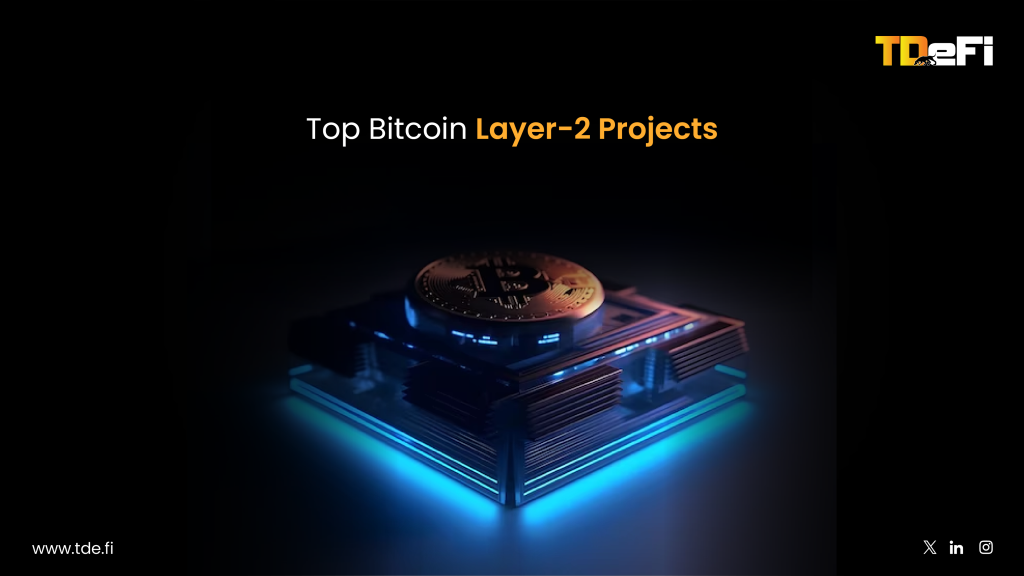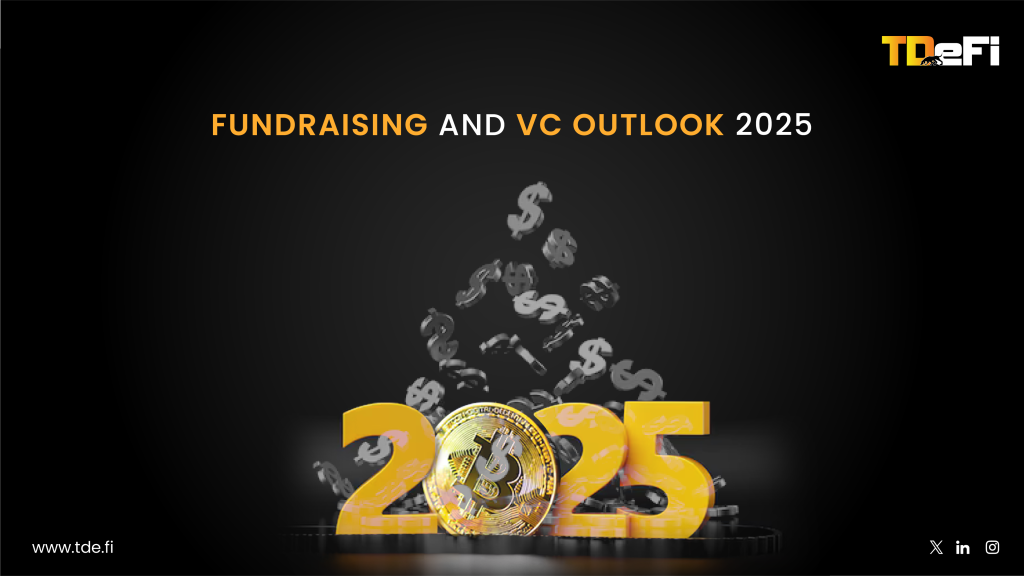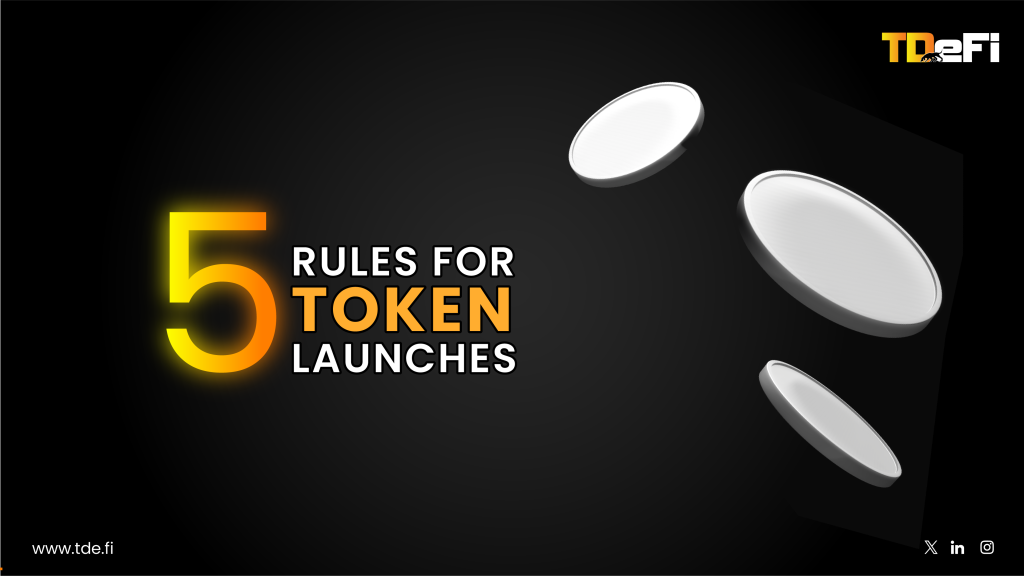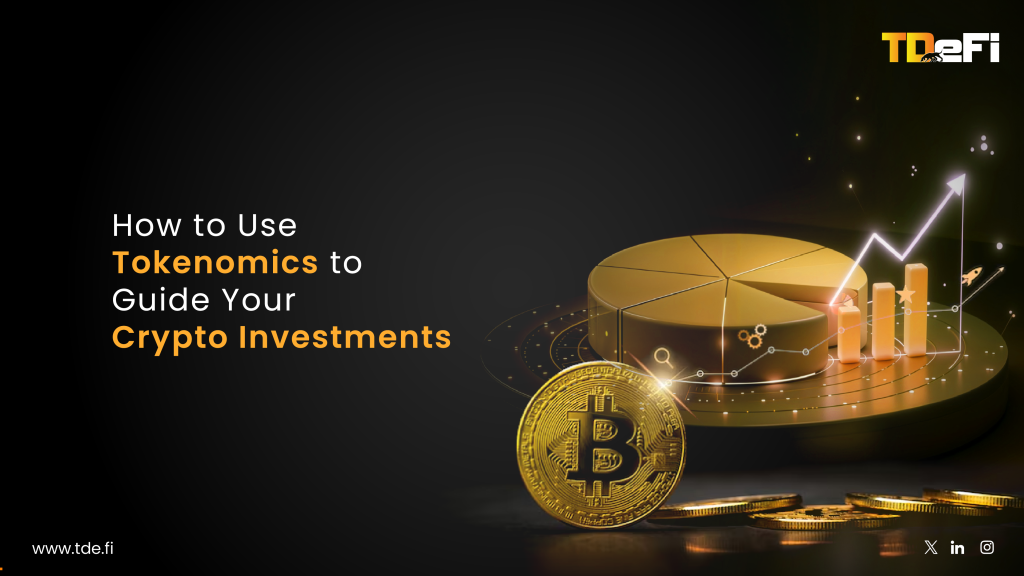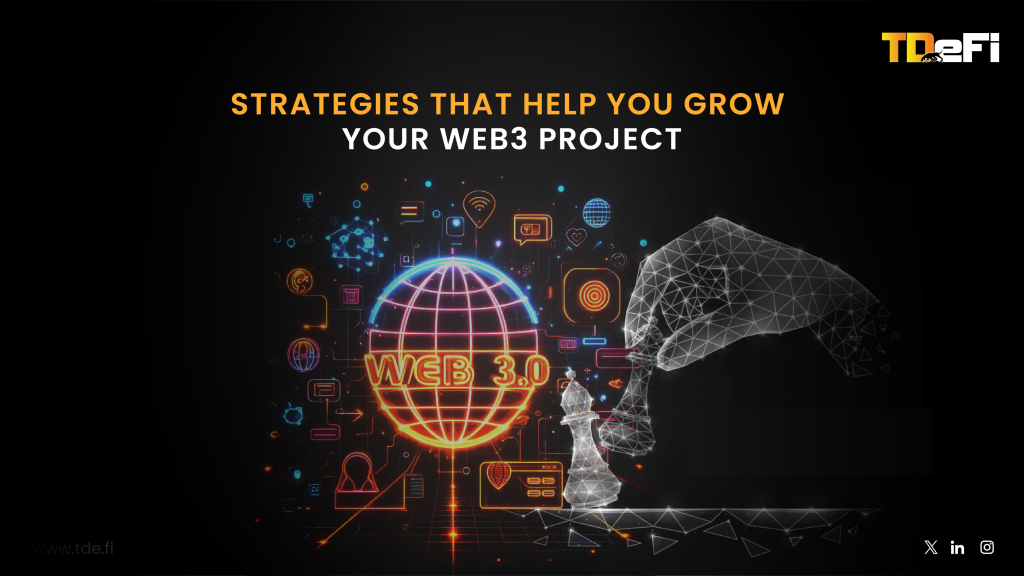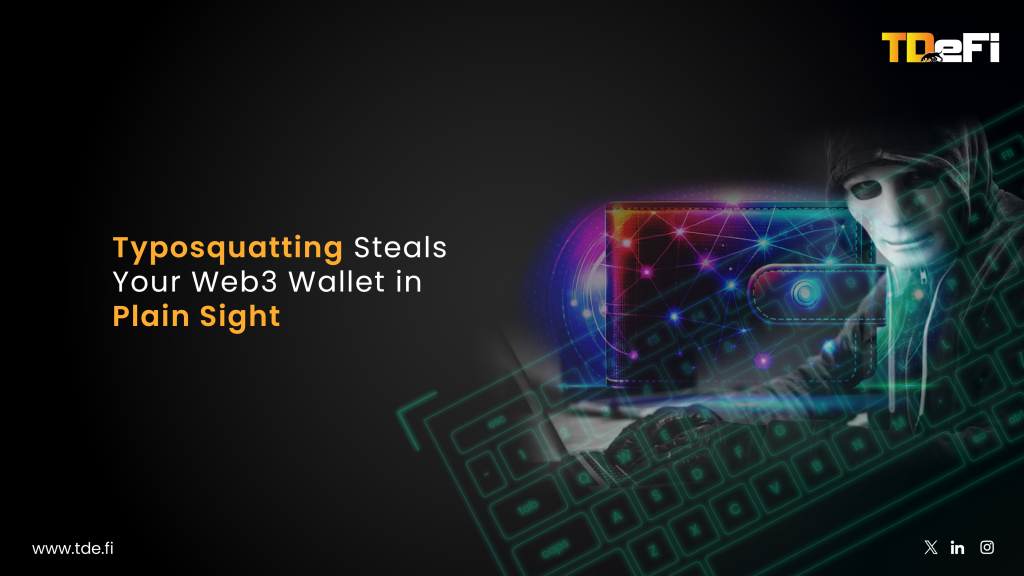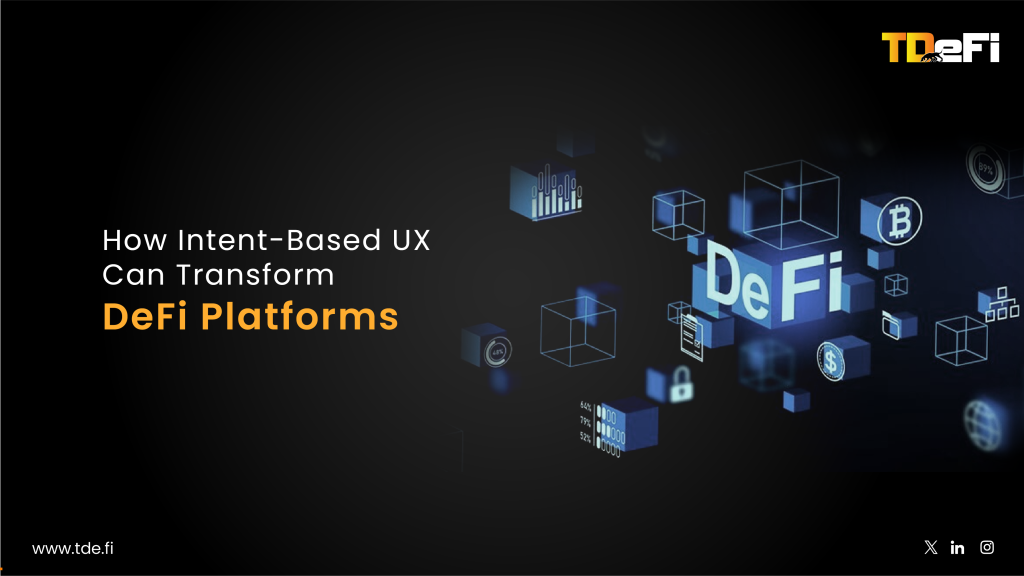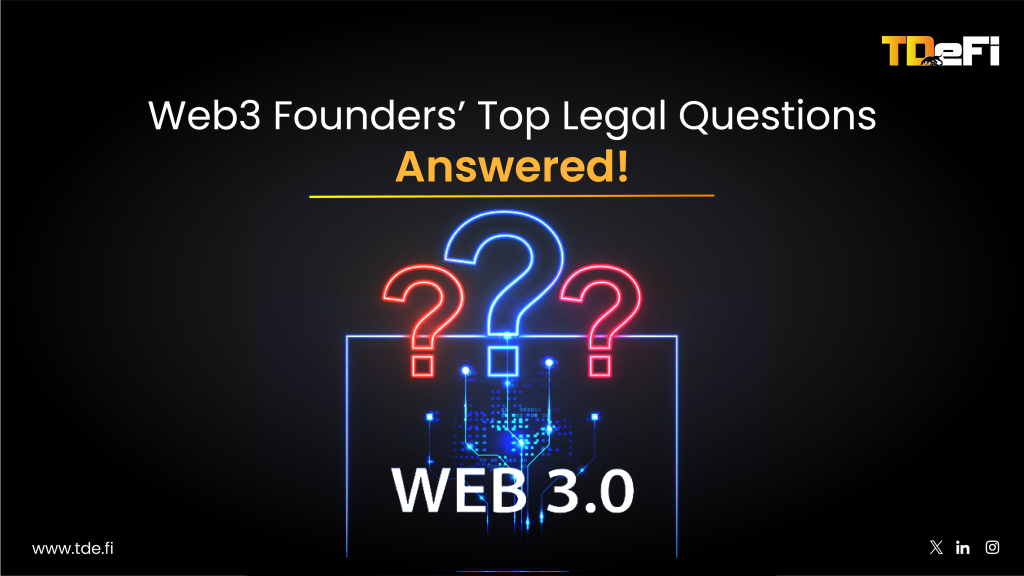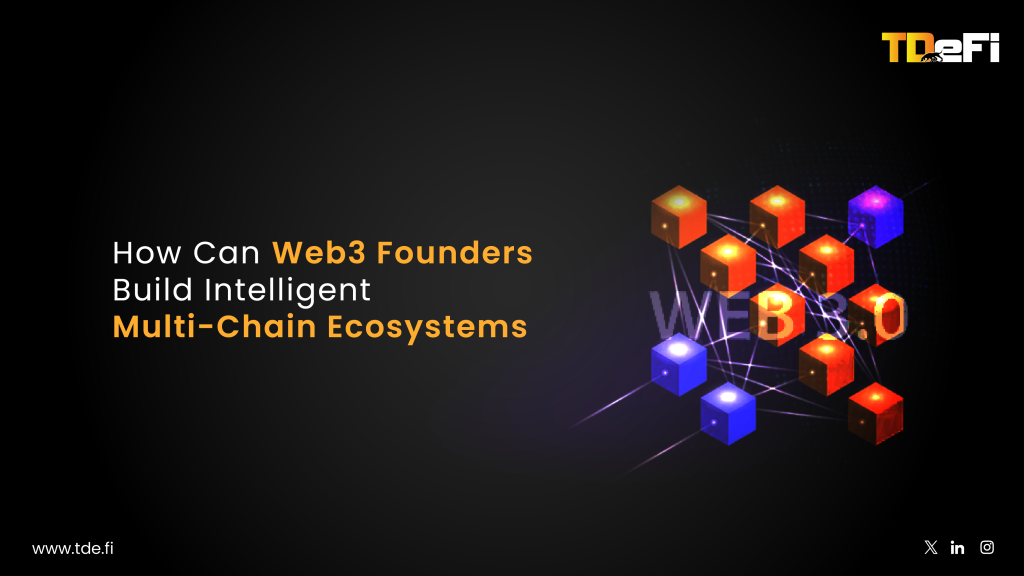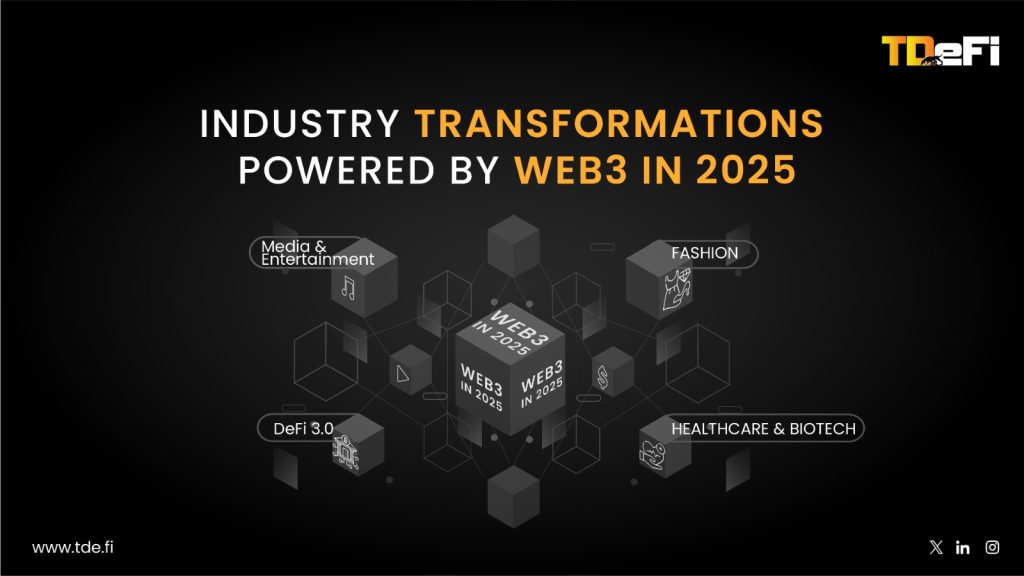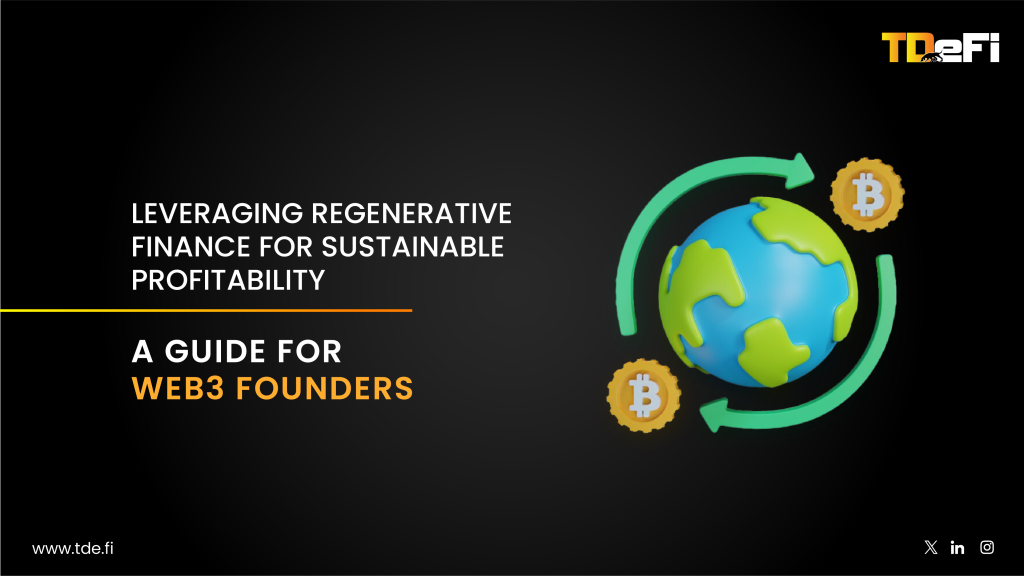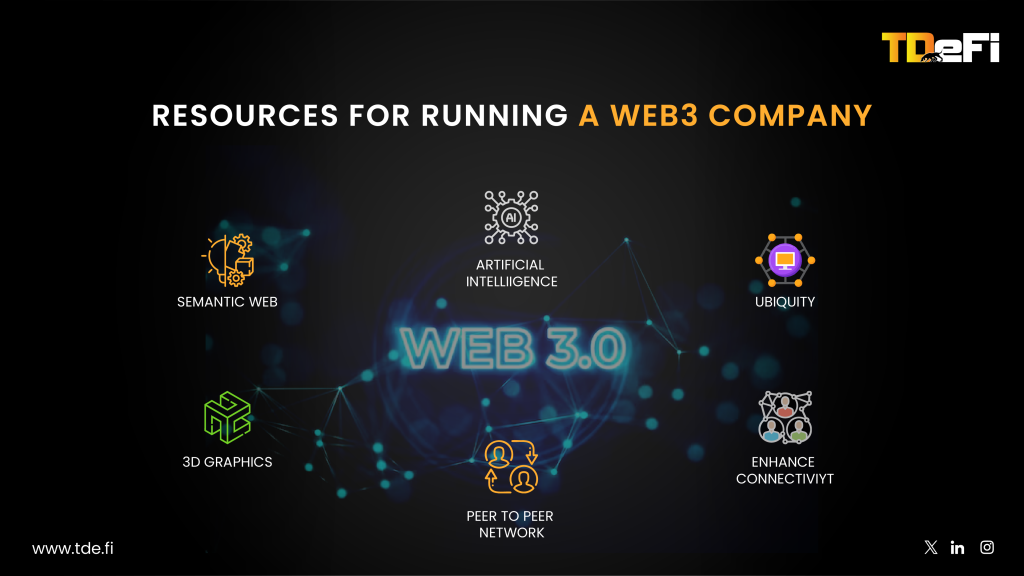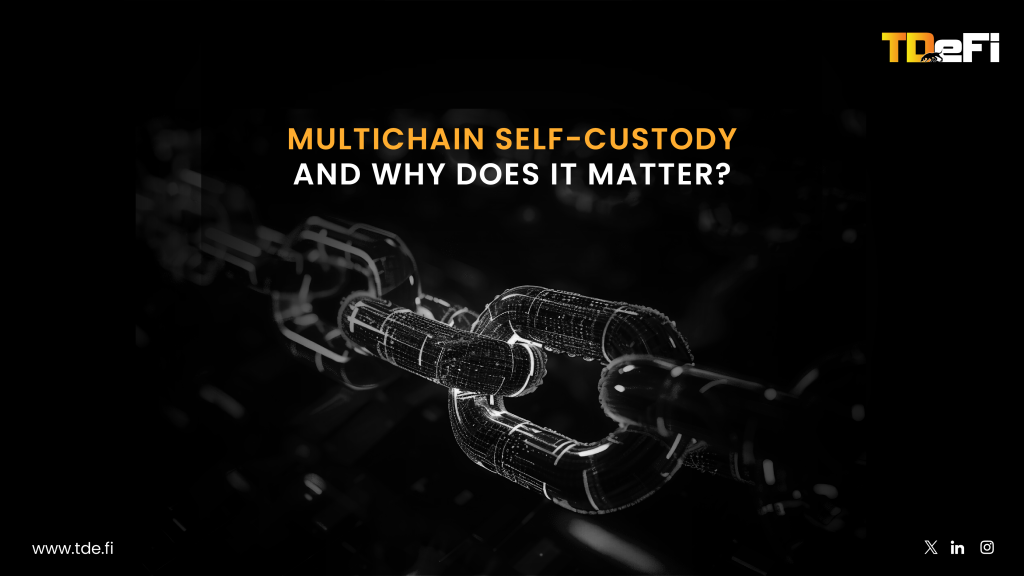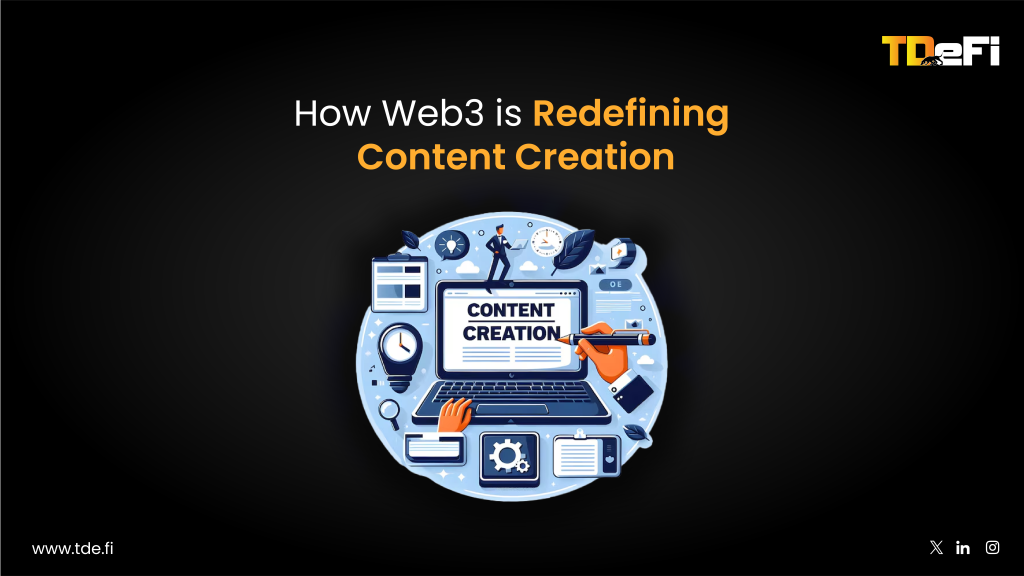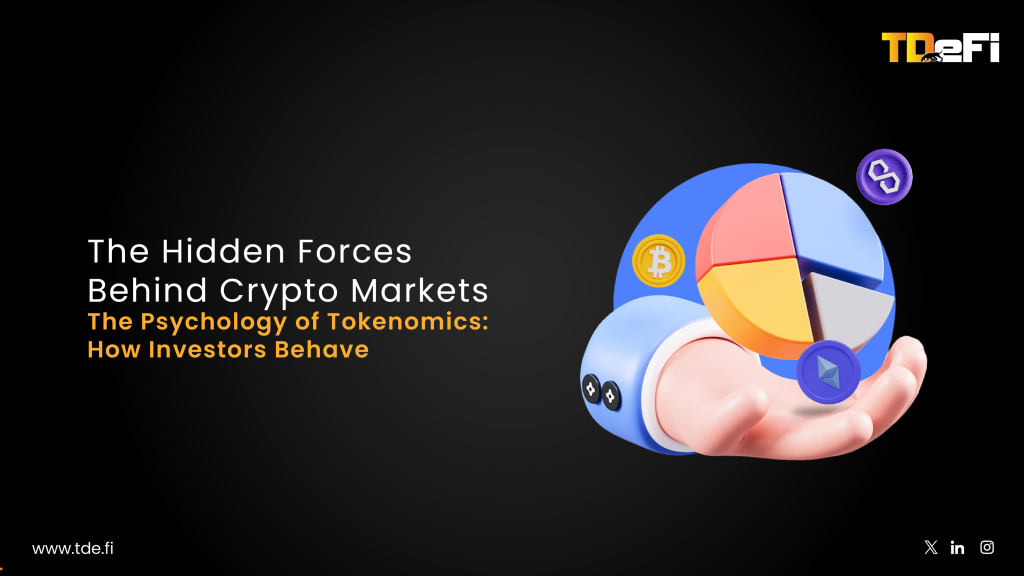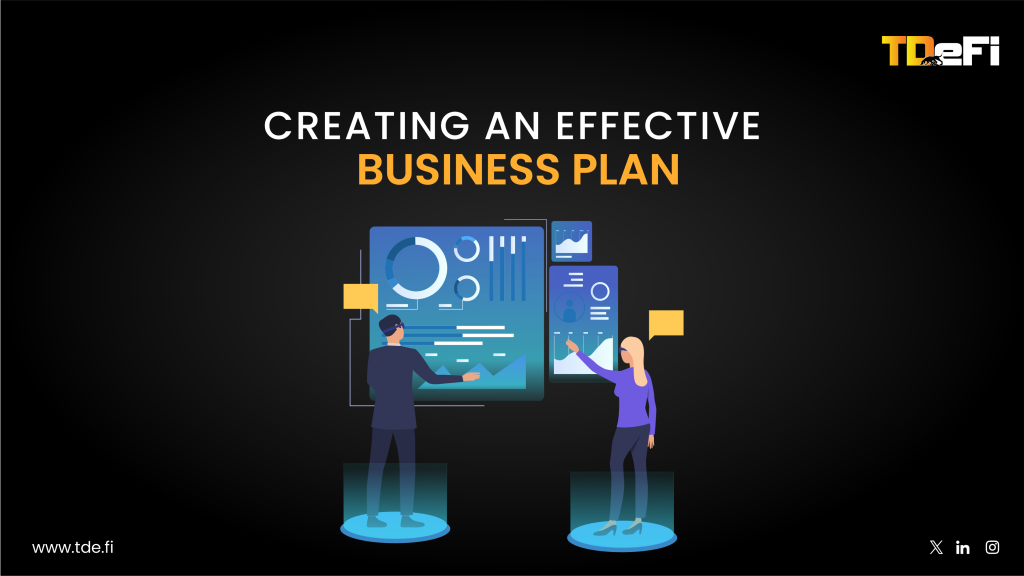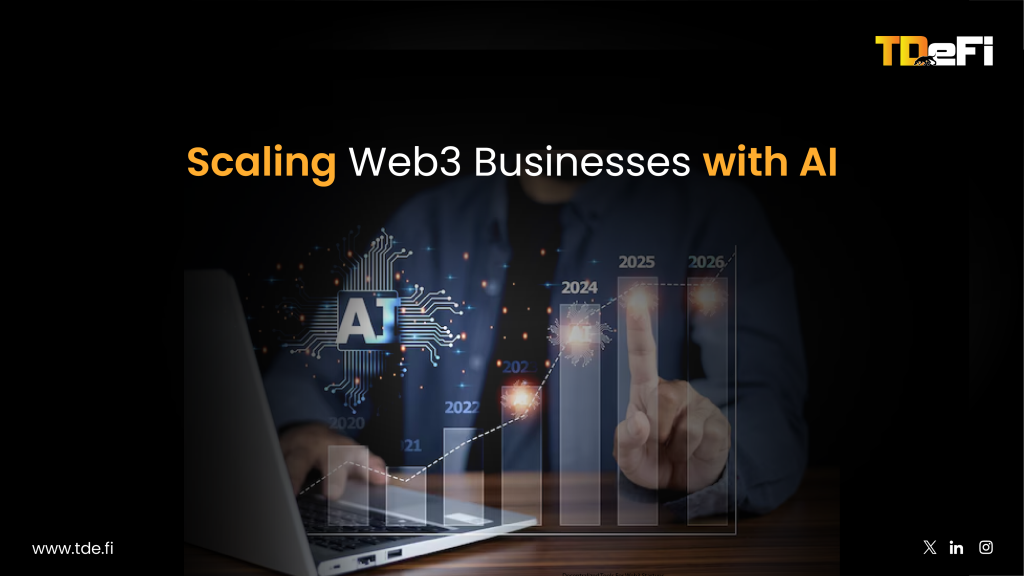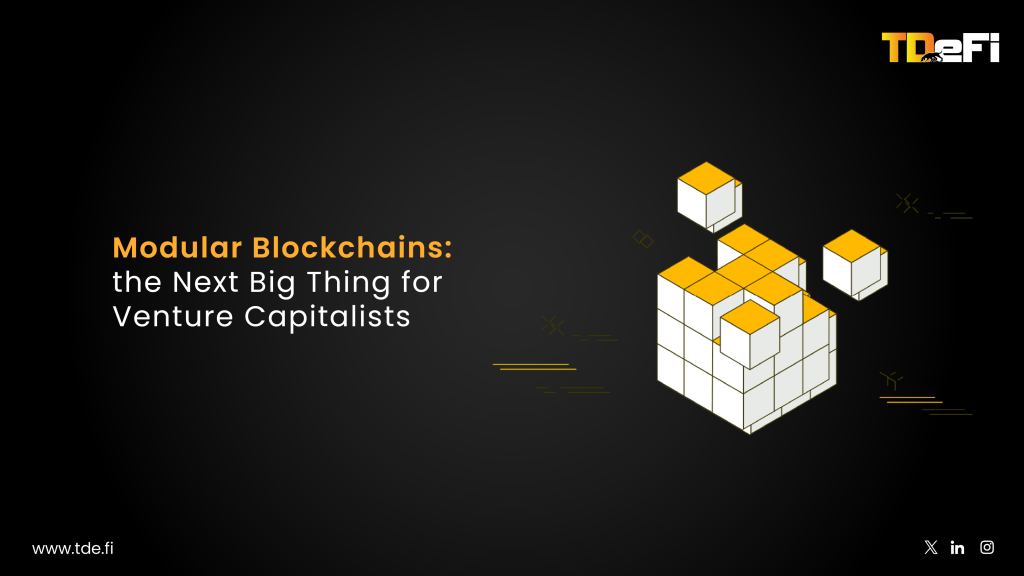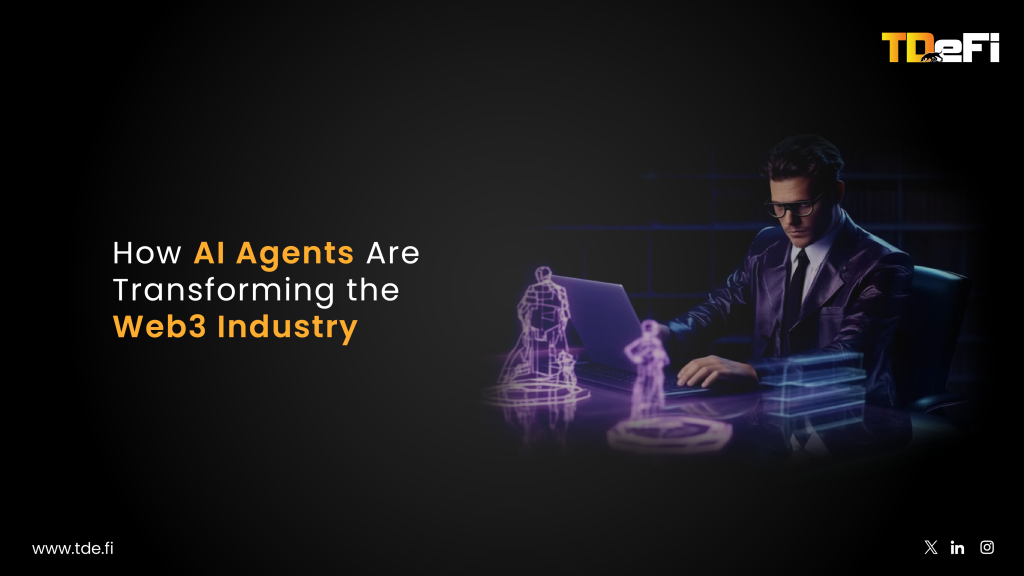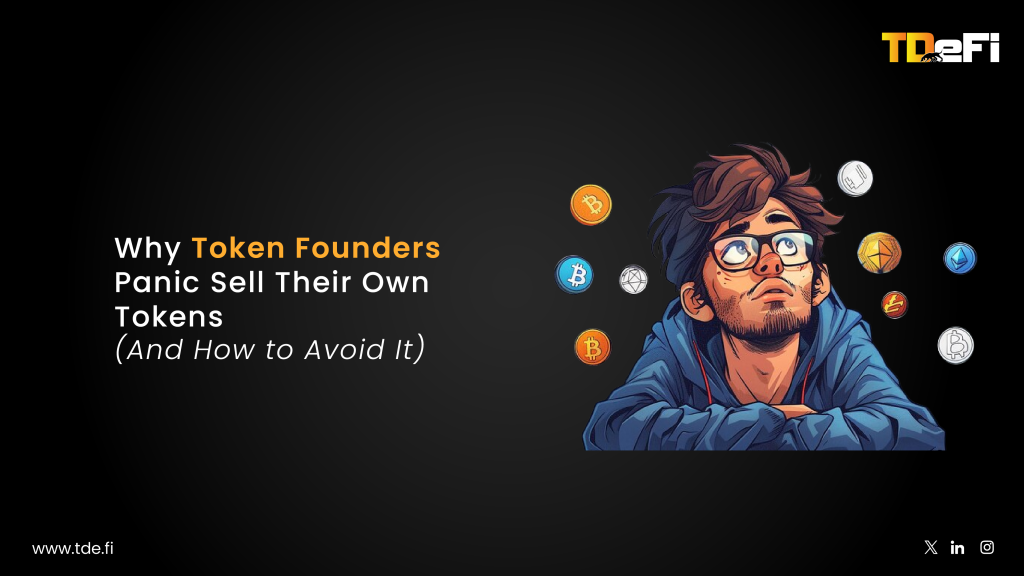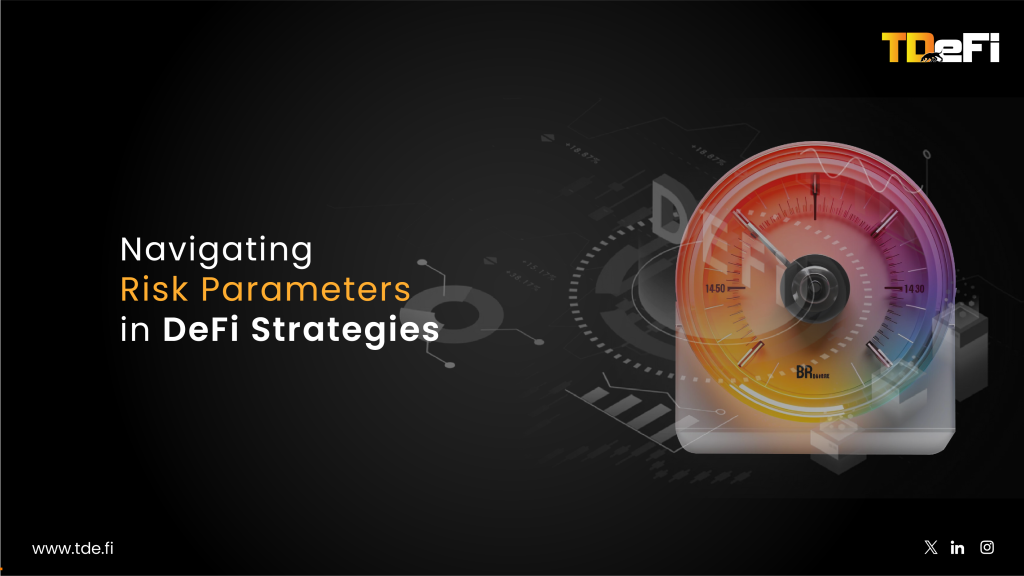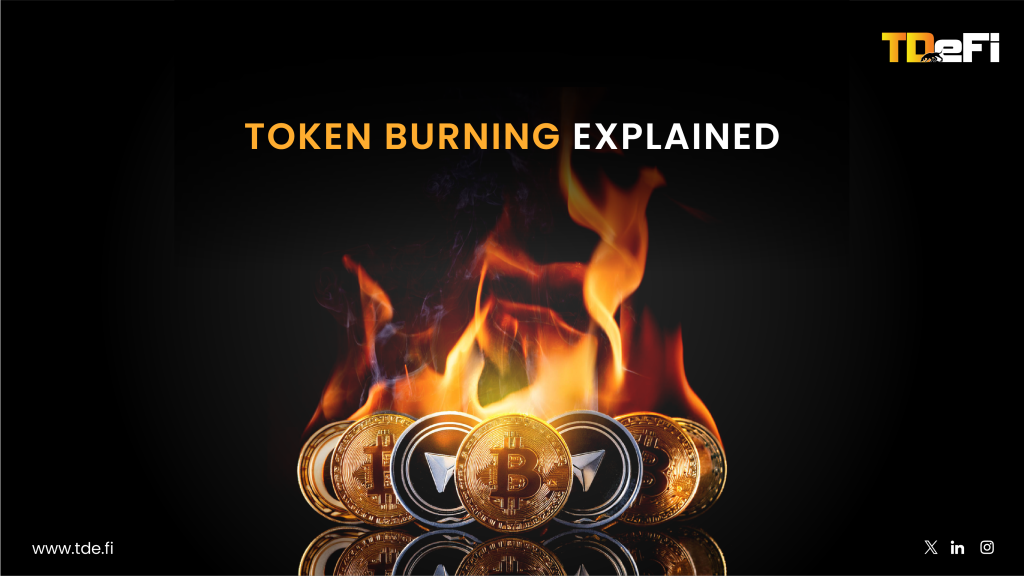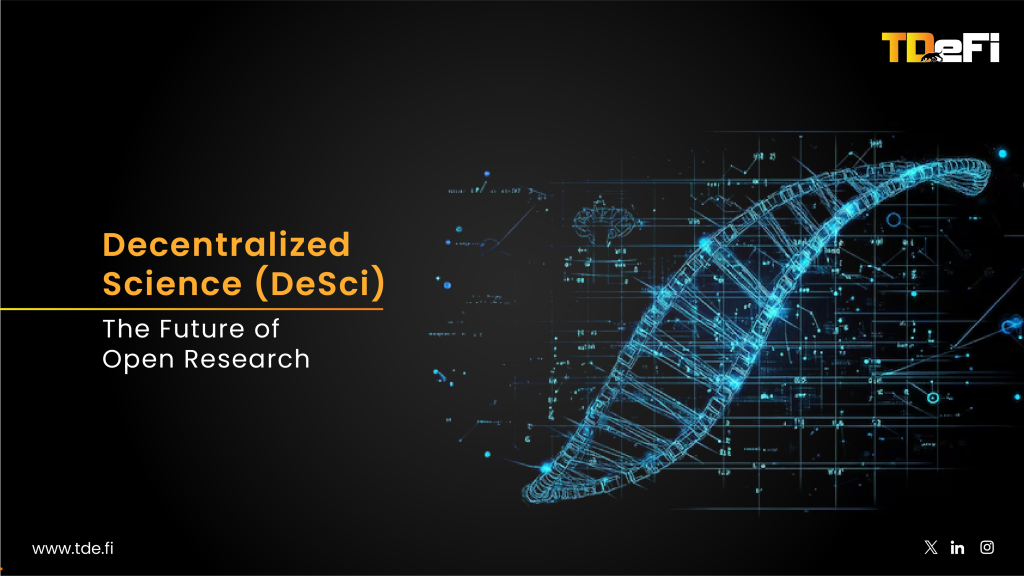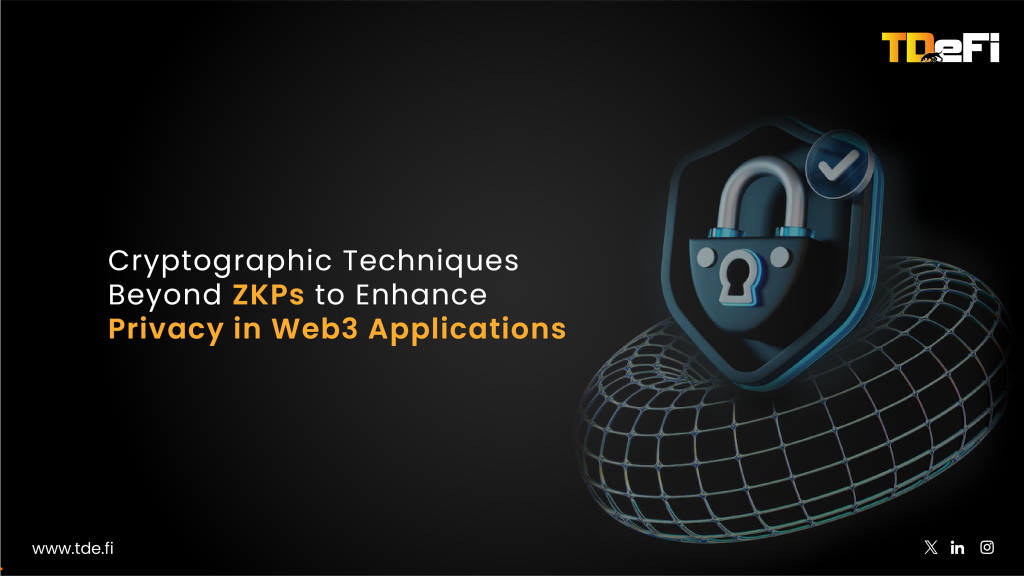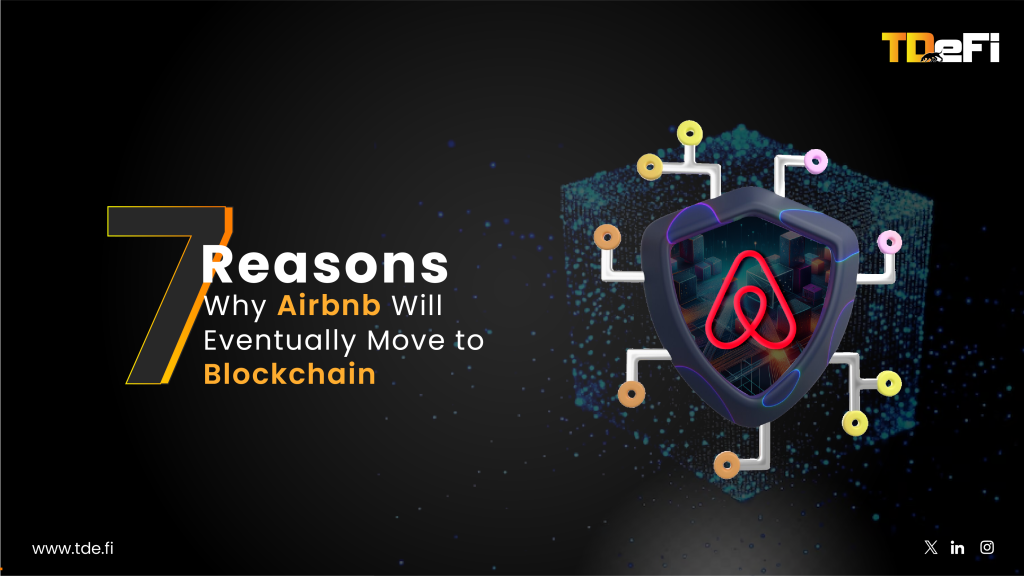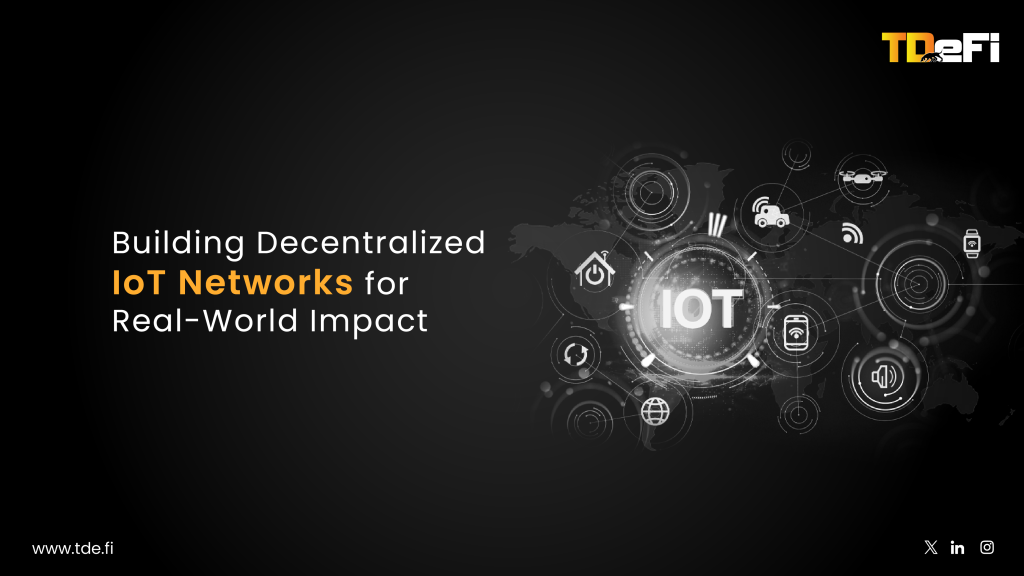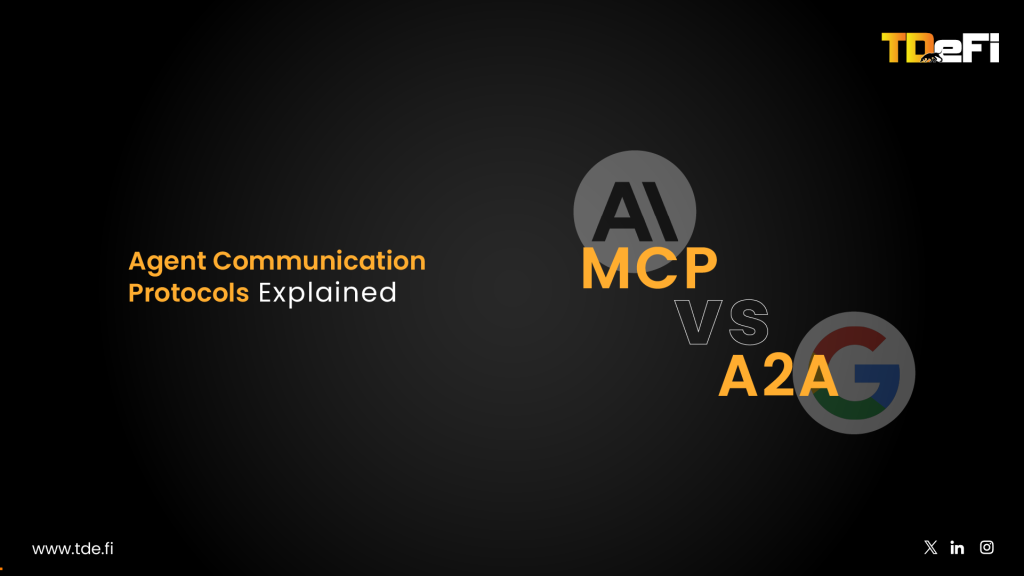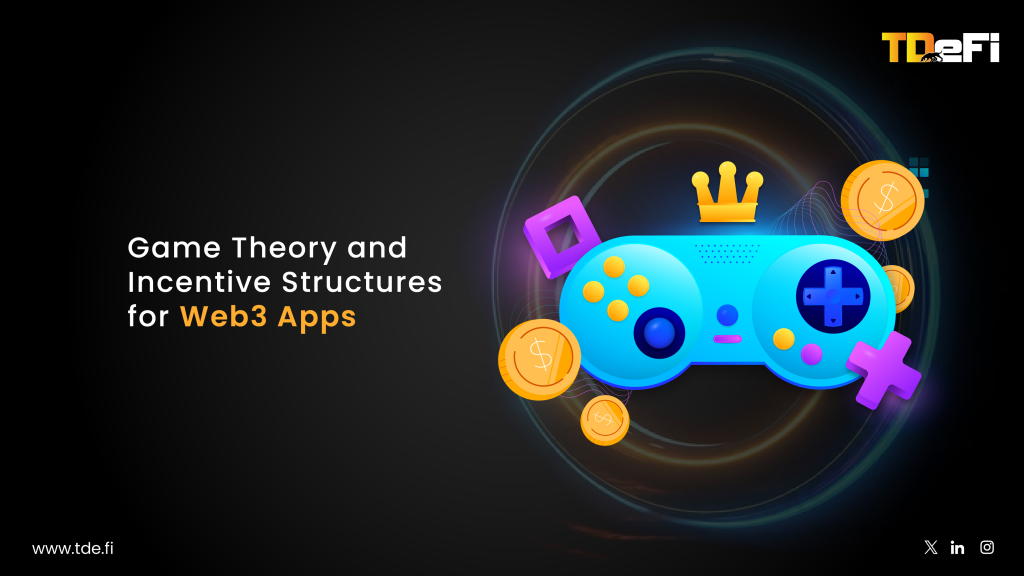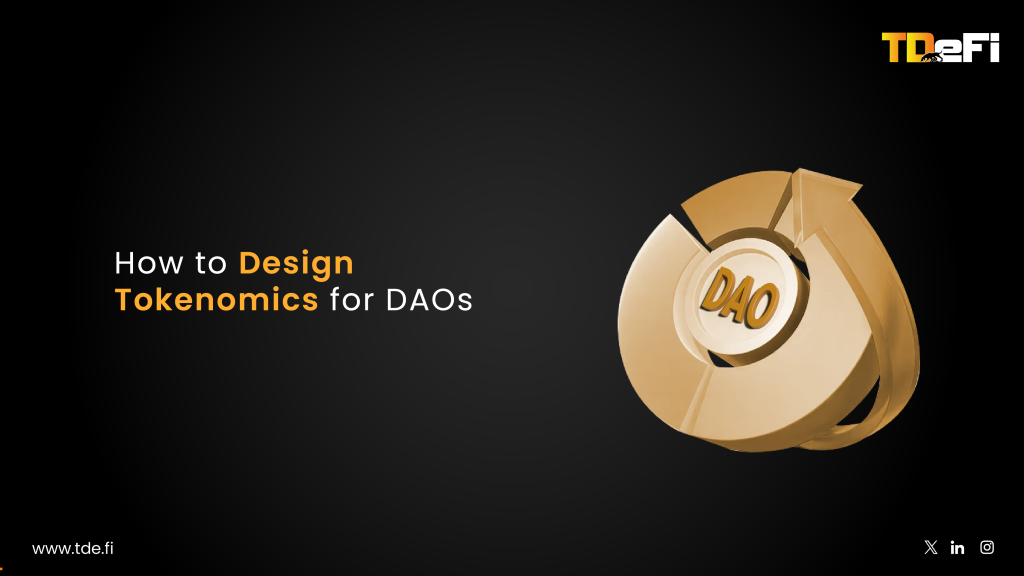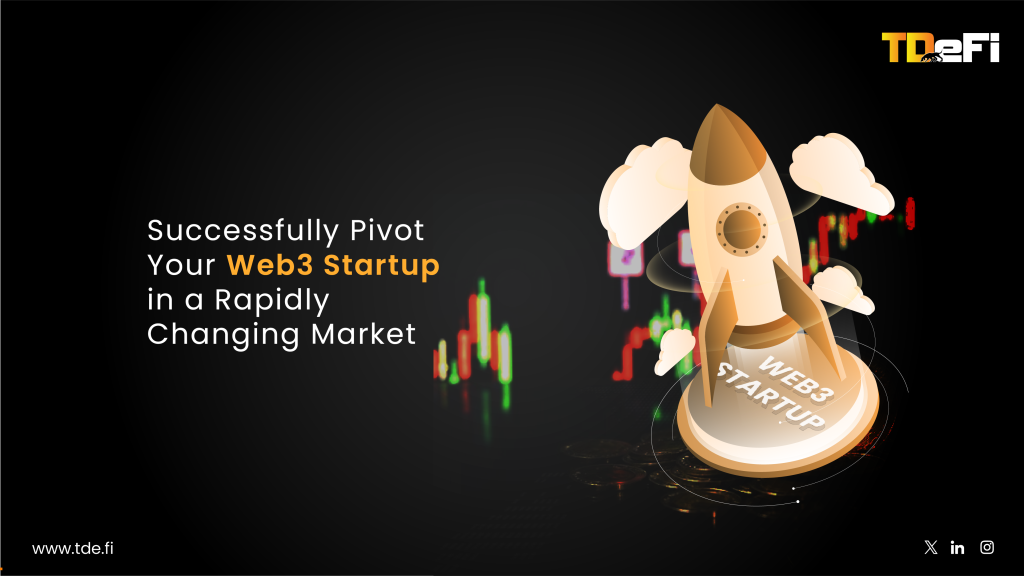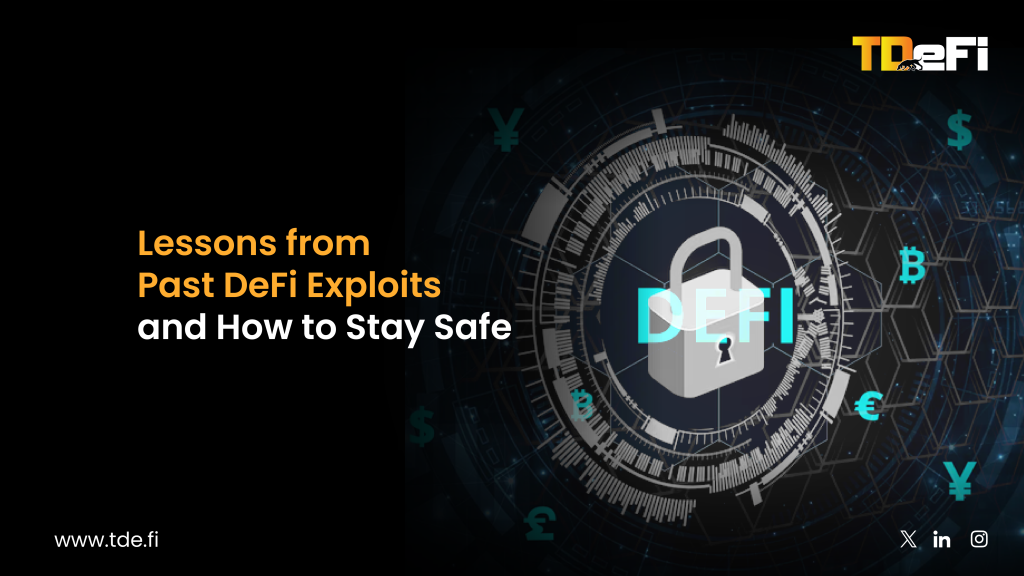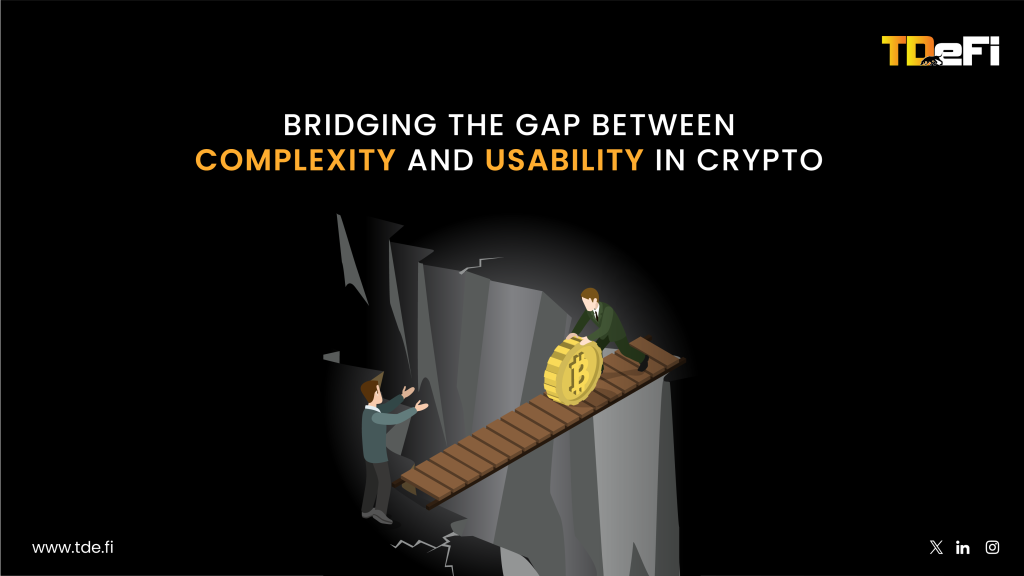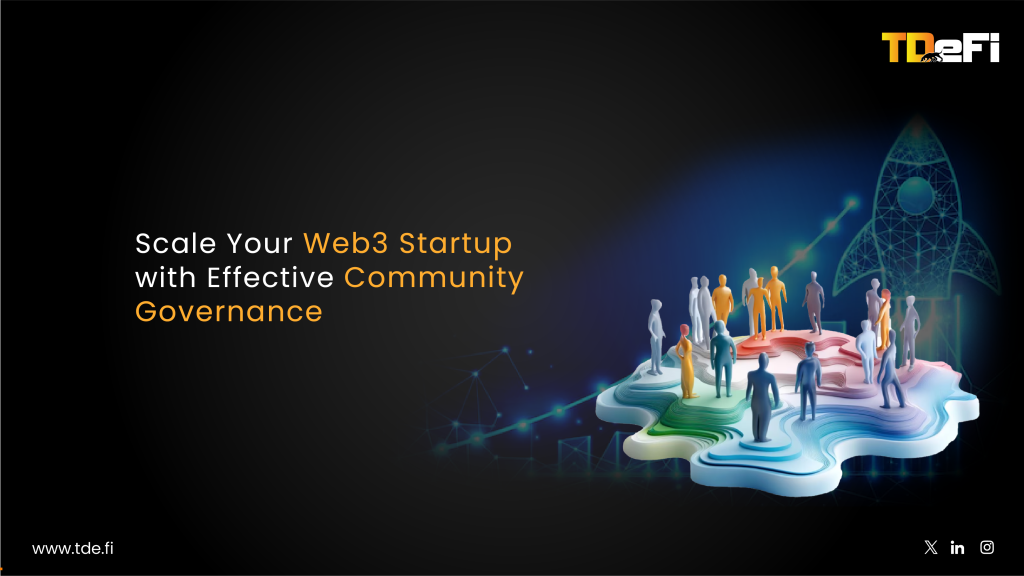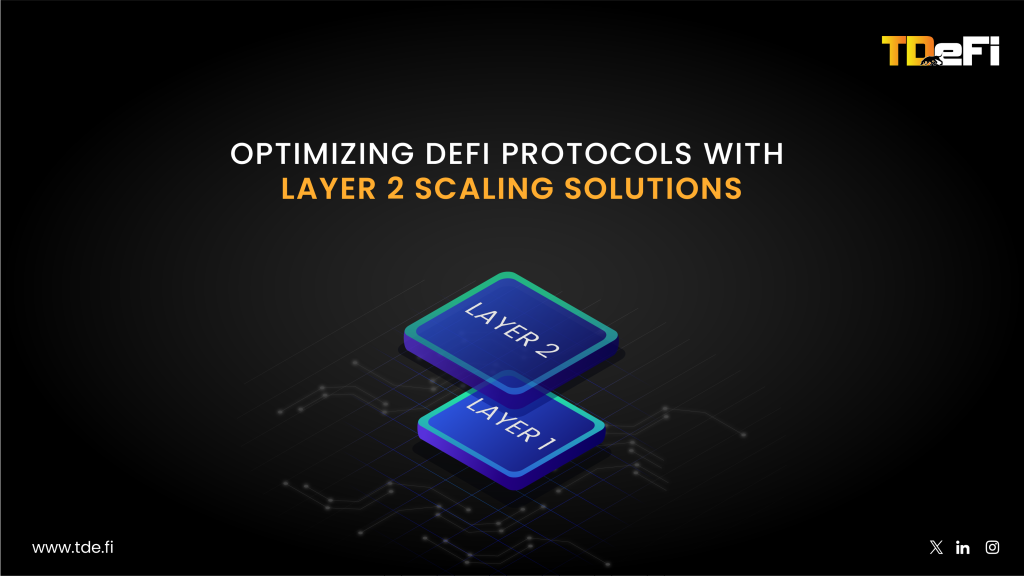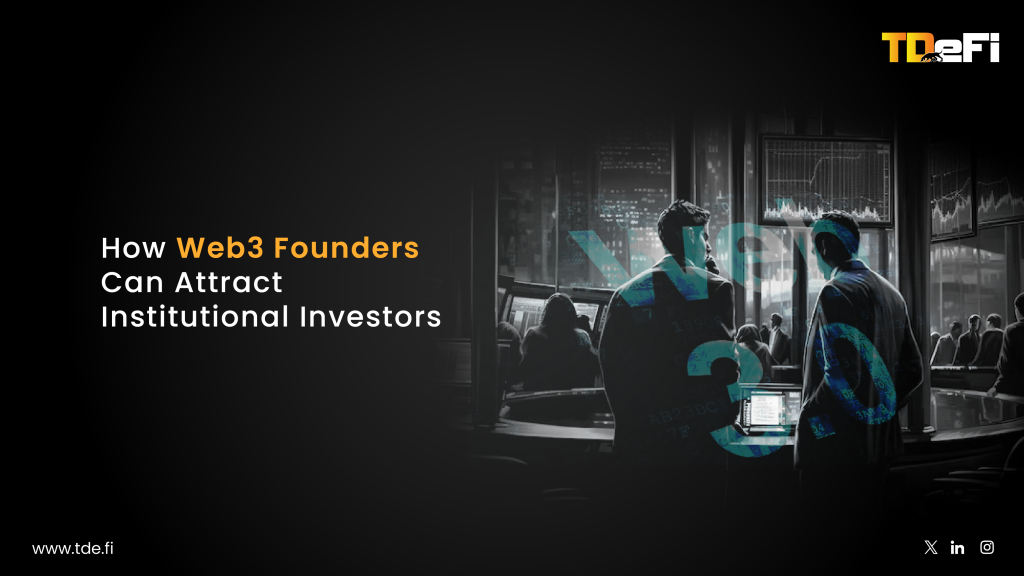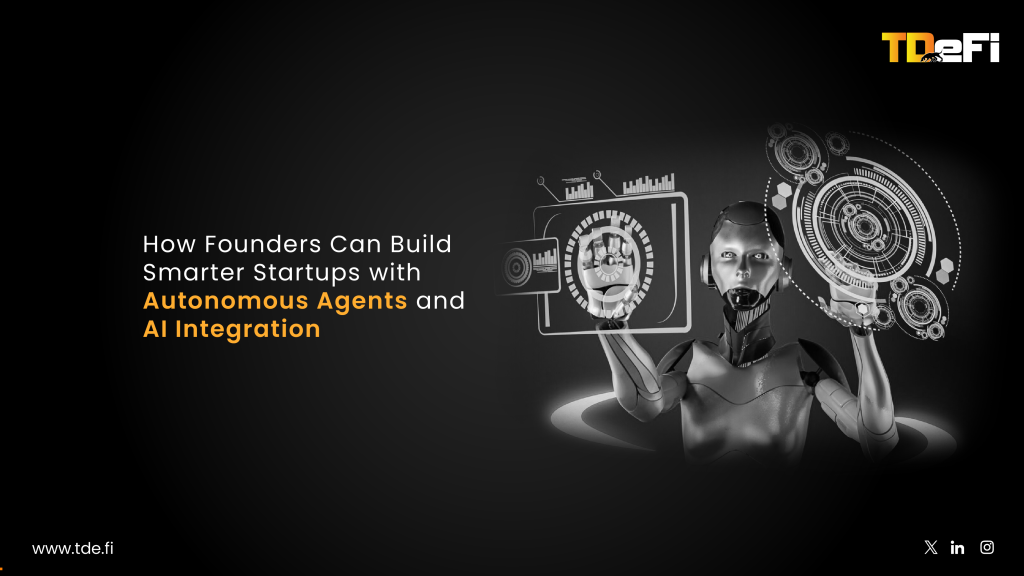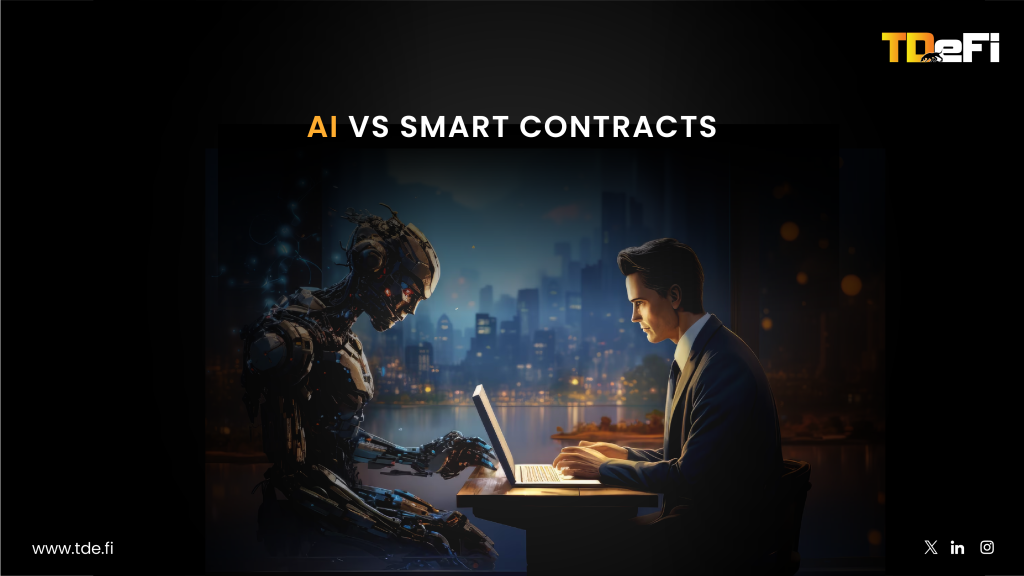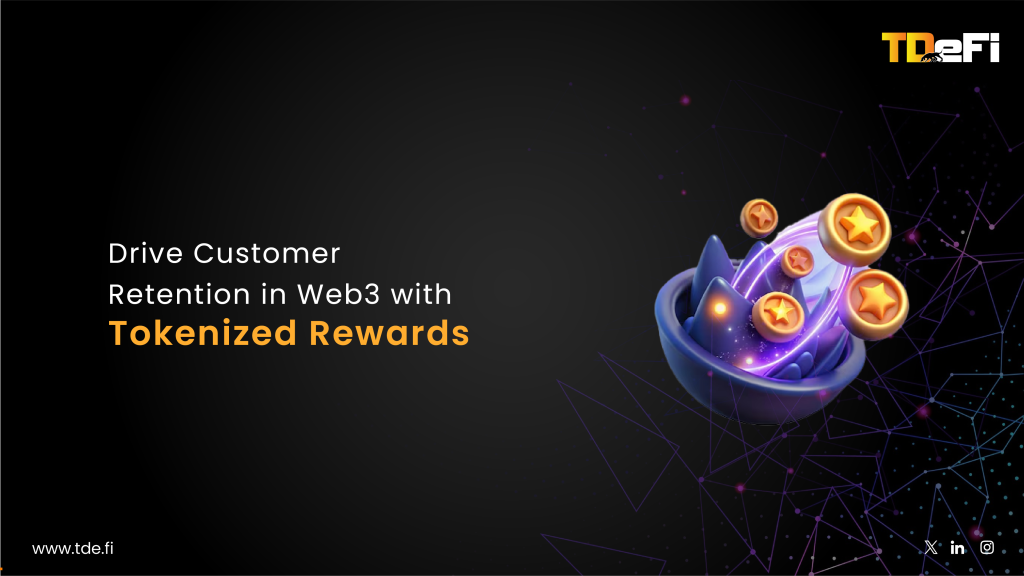TL;DR
Tokenization of real-world assets (RWAs) involves converting traditional assets, such as securities, real estate, commodities, debt, or intangible assets, into digital tokens utilizing blockchain technology. This detailed overview examines token standards (ERC-20, ERC-721, ERC-1155, hybrid models), elaborates on advanced financial instruments (STOs, Asset-Backed Tokens, SPVs, DAOs, Tokenized Debt Instruments), and dissects key regulatory frameworks (MiCA, Reg D, Reg S, MiFID II). Each structure, instrument, and framework presents specific methodologies, advantages, regulatory considerations, and technical complexities critical for Web3 stakeholders.
Introduction
Tokenization of real-world assets (RWAs) bridges traditional markets with blockchain technology, unlocking liquidity, democratizing investments, and enhancing asset transparency. As Web3 continues to mature, stakeholders—from investors and founders to developers—must understand diverse tokenization structures, their methodologies, benefits, and challenges. In this blog, we will explore major tokenization models, evaluate their pros and cons, and spotlight emerging token standards pushing the boundaries of what’s possible in asset tokenization.
Understanding Asset Tokenization
Asset tokenization involves converting ownership rights of tangible or intangible assets—such as real estate, commodities, private equity, bonds, art, or intellectual property—into digital tokens managed on a blockchain. These tokens represent fractional ownership or rights, traded seamlessly and transparently.
Types of Tokenization Structures
Let’s explore the primary structures widely adopted today:
1. Fungible Tokenization (ERC-20 Standard)
Fungible tokens are identical and interchangeable, ideal for assets where individual units have equal value.
Methodology:
- Assets are pooled, and tokens represent proportional ownership.
- Tokens follow ERC-20 standards on Ethereum, making them widely tradable on decentralized exchanges (DEXs) and centralized exchanges (CEXs).
Pros:
- High liquidity due to easy tradability.
- Simple to implement and widely supported.
- Cost-effective and efficient for bulk ownership representation.
Cons:
- Lacks granular detail about specific assets.
- Less suitable for unique or heterogeneous assets.
- Compliance and regulatory concerns due to anonymity and lack of specificity.
Example Use Case:
- Stablecoins (USDC, USDT): Represent pooled cash reserves.
- Commodity Tokens (PAX Gold): Represent fractional ownership of pooled physical gold.
2. Non-Fungible Tokenization (ERC-721 Standard)
NFTs are uniquely identifiable tokens, perfect for assets that have distinct attributes or valuation parameters.
Methodology:
- Unique asset attributes (e.g., property details, art provenance) are encoded in each token’s metadata.
- Tokens conform to ERC-721 or ERC-1155 standards, storing detailed metadata on-chain or off-chain.
Pros:
- High transparency with granular asset-specific details.
- Ideal for unique assets (art, real estate, collectibles).
- Enables provenance tracking and authenticity verification.
Cons:
- Lower liquidity compared to fungible tokens.
- Complex valuation and market pricing dynamics.
- Higher minting and maintenance costs.
Example Use Case:
- Real Estate NFTs: Each token represents a specific property, embedding legal documentation and ownership history.
- Art & Collectibles: Digital and physical art, with verifiable authenticity and ownership.
3. Hybrid Tokenization (ERC-1155 Standard)
Hybrid tokenization combines fungible and non-fungible properties in one standard, allowing flexible asset representation.
Methodology:
- Assets can be partially fungible, with interchangeable units but specific subsets holding unique attributes.
- ERC-1155 allows efficient minting, transfer, and trading of both asset classes simultaneously.
Pros:
- Flexible model supporting both fungible and unique assets.
- Reduces transaction fees and smart contract complexity.
- Enhances interoperability and liquidity for diversified asset classes.
Cons:
- Complexity in governance and asset management.
- Regulatory uncertainty due to mixed token properties.
- Limited marketplace support compared to established standards.
Example Use Case:
- Fractionalized Real Estate Portfolios: Represents pooled real estate investments alongside unique property tokens.
- Gaming Assets: Items exist as both fungible (consumables) and unique items (rare collectibles).
Emerging Token Standards and Compliance Solutions
The dynamic needs of asset tokenization have led to the creation of specialized token standards and compliance-focused solutions.
ERC-3643 (formerly T-REX)
ERC-3643 is a regulated token standard explicitly designed for compliant security tokens.
Pros:
- Built-in compliance and identity verification (KYC/AML integration).
- Facilitates jurisdictional regulatory compliance seamlessly.
- Suitable for securities, equity, and bonds.
Cons:
- Complexity in implementation due to compliance modules.
- Limited ecosystem integration compared to ERC-20 and ERC-721.
ERC-4626 (Tokenized Vault Standard)
This standard simplifies tokenized yield-bearing assets or vault-based financial products.
Pros:
- Standardizes yield-generating vaults, boosting composability.
- Improves integration with DeFi protocols and financial applications.
- Reduces custom code development, lowering risk and costs.
Cons:
- Focus limited mainly to DeFi-centric assets.
- Not fully suitable for non-financial RWAs without modification.
ERC-1400 (Security Token Standard)
ERC-1400 is optimized for tokenized securities, allowing for granular investor rights and regulatory compliance.
Pros:
- Granular investor rights management (voting, dividend distributions).
- Enhanced transparency and compliance mechanisms.
- Ideal for regulated markets and traditional securities.
Cons:
- Complexity in deployment and operational overhead.
- Lower liquidity due to regulatory constraints.
Core Financial Instruments and Frameworks for Tokenization
1. Security Token Offerings (STOs)
STOs represent the digitalization of traditional financial securities, including equities, bonds, or revenue-sharing arrangements, adhering strictly to securities regulations.
Implementation Techniques:
- Smart Contract Design:
STO tokens use ERC-20 or custom standards, embedding regulatory compliance directly into token smart contracts (e.g., whitelisting approved investor wallets, KYC/AML enforcement). - Regulatory Alignment:
Typically structured under established frameworks such as Regulation D (private placements), Regulation S (international offerings), or MiFID II (EU-regulated securities).
Complexities:
- High upfront legal and compliance costs.
- Jurisdiction-specific regulations necessitate sophisticated multi-region legal expertise.
- Continuous compliance monitoring and reporting obligations.
Benefits:
- Clear regulatory compliance, enhancing investor protection and confidence.
- Enhanced market liquidity due to fractional ownership and global investor participation.
- Potential for rapid fundraising and reduced operational overhead compared to traditional securities issuance.
Real-World Example:
Polymath and Tokeny provide dedicated blockchain platforms facilitating regulatory-compliant STO issuance.
2. Asset-Backed Tokens (ABTs)
ABTs digitally represent ownership or rights to tangible or financial assets, such as real estate portfolios, commodities, or trade receivables.
Implementation Techniques:
- Off-chain Custody & Audits:
Assets held securely by trusted custodians, with independent audits and valuation reports linked to on-chain oracles for transparent verification. - Smart Contract Integration:
Automated dividend or interest distribution, valuation updates, and asset-performance reporting using blockchain oracles (e.g., Chainlink).
Complexities:
- Dependence on off-chain asset verification, custody, and auditing.
- Complex cross-border regulatory requirements, particularly with tangible assets.
- Operational overhead due to periodic asset evaluations and custody fees.
Benefits:
- Enables fractional investment, reducing barriers to entry.
- Improved asset liquidity and transparency through continuous blockchain reporting.
- Simplified, automated distribution of returns via smart contracts.
Real-World Example:
Pax Gold (PAXG) is a gold-backed token offering transparent gold reserve verification through regular audits, blockchain transparency, and direct asset ownership.
3. Special Purpose Vehicles (SPVs)
SPVs are legally structured entities specifically established to isolate and manage assets independently, reducing liability risks and clarifying ownership structure.
Implementation Techniques:
- Legal Structuring:
Forming dedicated legal entities (LLCs, trusts, or limited companies) owning tokenized assets. - Blockchain Integration:
Token issuance reflecting fractional interests in SPV-held assets, supported by on-chain governance mechanisms mirroring legal agreements.
Complexities:
- Higher legal and administrative setup costs and maintenance.
- Multi-jurisdictional complexity, particularly for international assets or investors.
- Regulatory compliance complexity—alignment of legal structures with token ownership rights.
Benefits:
- Legal clarity and liability protection for token holders.
- Facilitates institutional investment by providing clearly defined governance and compliance structures.
- Enables scalable, compliant tokenization of large-value assets, such as commercial real estate or infrastructure projects.
Real-World Example:
RealT and AspenCoin tokenize U.S. real estate properties via SPVs, offering clear ownership rights, regulatory compliance, and transparent asset management.
4. Decentralized Autonomous Organizations (DAOs)
DAOs are blockchain-native organizations leveraging decentralized governance tokens, enabling community-driven asset management, investment decisions, and transparent operations.
Implementation Techniques:
- Governance Smart Contracts:
Using platforms like Aragon or DAOstack to implement decentralized voting, treasury management, and collective decision-making. - Asset Custody & Management:
DAOs utilize multi-signature wallets, treasury contracts, and transparent voting procedures for asset acquisitions, disposals, and dividend distributions.
Complexities:
- Regulatory ambiguity and jurisdictional uncertainty—legal recognition of DAOs varies significantly.
- Governance complexities including voter engagement, consensus disputes, and coordination challenges.
- Potential vulnerabilities to governance manipulation or exploits.
Benefits:
- Transparent and democratic asset governance and investment management.
- Reduced operational overhead and elimination of traditional intermediaries.
- Flexibility, community empowerment, and adaptability to market changes.
Real-World Example:
The LAO and Flamingo DAO—DAOs collectively invest in tokenized assets like art, NFTs, and emerging blockchain projects, empowering collective governance and ownership.
5. Tokenized Debt Instruments
Tokenizing traditional debt securities (loans, bonds, mortgages) enhances their liquidity, simplifies fractional ownership, and introduces operational efficiency via blockchain automation.
Implementation Techniques:
- Smart Contract Automation:
Automating bond issuance, interest payments, repayments, and default handling using blockchain smart contracts. - Regulatory Alignment:
Issuing tokenized debt under regulated frameworks such as MiFID II (EU), Prospectus Regulations, or US SEC-compliant structures.
Complexities:
- Regulatory compliance challenges—stringent disclosure, credit risk assessments, and investor protection requirements.
- Ongoing borrower creditworthiness monitoring and collateral verification complexities.
- Potential liquidity constraints, especially for non-standardized debt instruments.
Benefits:
- Streamlined issuance, reduced transaction costs, and faster settlement.
- Fractional investment opportunities, increasing liquidity and market participation.
- Enhanced transparency, risk management, and automated debt servicing.
Real-World Example:
The European Investment Bank (EIB) successfully issued blockchain-based digital bonds, demonstrating institutional-level confidence and execution capability in tokenized debt.
Key Regulatory Frameworks Supporting Tokenization
Tokenization requires navigating regulatory frameworks, including:
- MiCA (Markets in Crypto-Assets, EU): Comprehensive crypto-asset regulation offering clarity on asset-backed tokens.
- Regulation D (USA): Allows private securities tokenization to accredited investors with simplified compliance.
- Regulation S (USA): Facilitates tokenized asset offerings to international investors.
- MiFID II (EU): Securities-focused regulations applicable to STOs, ensuring transparency, reporting, and investor protection.
- Digital Asset Regulatory Frameworks (Singapore, Switzerland): Clear and supportive regulations promoting compliant tokenization structures.
Closing Thoughts
Selecting the optimal tokenization structure involves deep consideration of asset type, regulatory environment, investor preferences, and desired liquidity. Integrating financial instruments and frameworks such as STOs, ABTs, SPVs, DAOs, and tokenized debt instruments ensures effective, compliant, and scalable tokenization.
Tokenization’s evolution will increasingly intersect traditional financial frameworks and emerging blockchain innovations, driving institutional adoption, regulatory harmonization, and unlocking unprecedented asset liquidity and democratized investment opportunities across the globe.
Ready to explore the tokenization potential for your project? Connect with TDeFi’s expert advisors to build tailored, regulatory-compliant, and innovative tokenization strategies.



